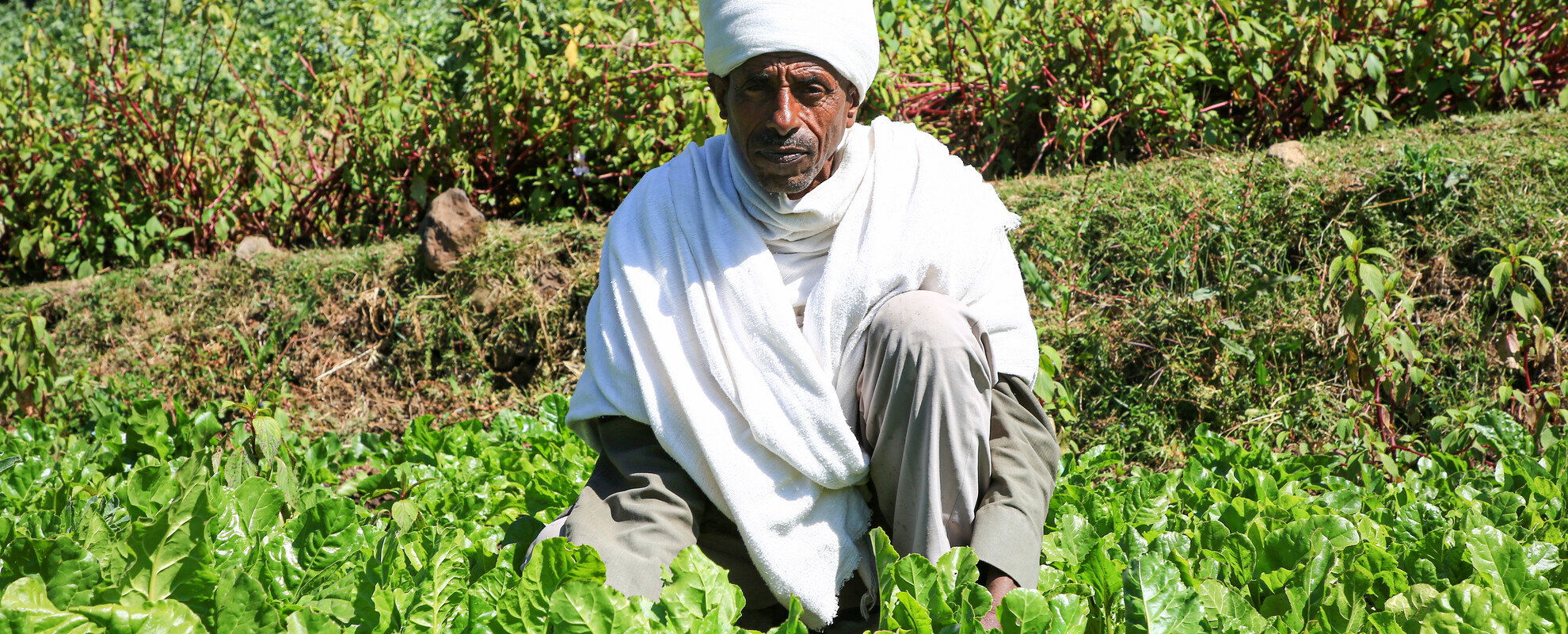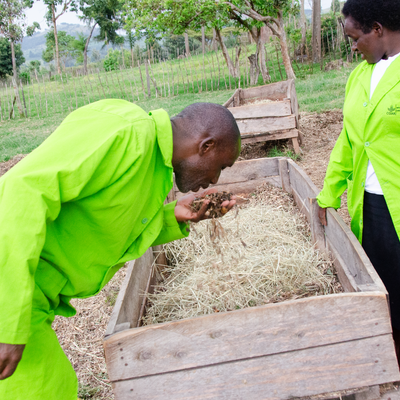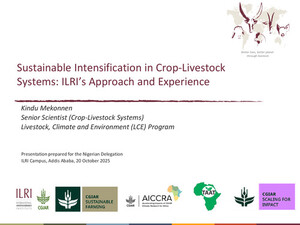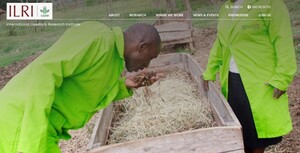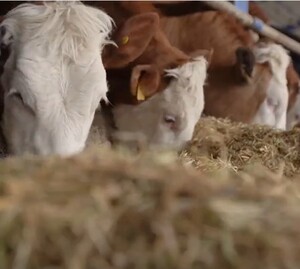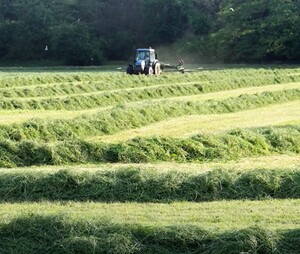
Africa RISING publishes a livestock feed and forage production manual for Ethiopia
Livestock plays a major role in the livelihoods of pastoralists and smallholder farmers in Ethiopia. They are a source of food (animal protein) for most families in the country and also support crop production activities in various ways. At the national level, the livestock sector in Ethiopia contributes 12% and 33% of the total and agricultural gross domestic product (GDP), respectively, and provides livelihood for 65% of the population.
In recent years, feed shortage and poor quality of available feeds have emerged as major factors constraining livestock production in Ethiopia. The increasing human and livestock population has resulted in continuous natural resources degradation and a decline in productivity. Equally, the expansion of croplands to meet food demands has led to the progressive shrinking of grazing lands, further exacerbating feed shortages.
To unlock the potentials of the livestock sector, the government of Ethiopia has given due consideration to livestock sector development in its Growth and Transformation Plan (GTP). One of the GTP’s main agenda for livestock development includes transforming the sector through quality and accessible feed supplies for smallholder farmers.
Africa RISING, a United States Agency for International Development (USAID)-funded research-for-development program in Ethiopia, is supporting the government’s efforts in feed and forage development. Leaning on extensive research data and livestock expertise, the program has published a training manual on feed and forage development in Ethiopia. The new manual which will be used to train lead farmers and government extension workers draws from Africa RISING’s 10 years’ of intense feed and forage technologies validation with farmers in different regions of the country.

The manual covers essential agronomic practices for cultivated forages, starting from seed treatment, seedling raising, managing planted seedlings, proper harvesting, and benefit guides on nurturing forages. The manual presents possible ways to grow cultivated forages in a small area to help farmers in Ethiopia improve livestock productivity.
To build a pool of competent instructors who will then use the manual to train lead farmers and extension agents, Africa RISING recently organized a training of trainers (ToT) event aimed at scaling down the knowledge contained in the manual to livestock farmers at the woreda and village levels. The two-day ToT event was held in Addis Ababa and Bishoftu, where extension agents and lead farmers were trained. By the end of the year, Africa RISING plans to have developed the capacity of 120 trainers on the manual and by extension be able to reach thousands of livestock farmers across the country.
Melkamu Bezabih, the team leader of Africa RISING’s feed and forage research project notes that integrating and using cultivated forage crops in the mixed crop-livestock systems of the Ethiopian highlands is not a choice but a necessity. ‘This is because natural grazing lands and crop residues, which are a major source of feeds in the country, are not helping to improve the quality of agro-industrial feed products. Hence, integration of cultivated forages in livestock feeds is important to realize the full benefits from the livestock sector,’ he says.
‘Africa RISING is trying to address livestock feed constraints in Ethiopia through action research that generates evidence to integrate forage production in the farming system,’ explains Kindu Mekonnen, the project’s chief scientist. ‘As a reference guide, this manual will help extension workers and experts bridge the knowledge gaps in the management and use of cultivated forages,’ he adds.
Download a copy of the training manual here: Africa RISING Ethiopian Highlands feed and forage development training manual





